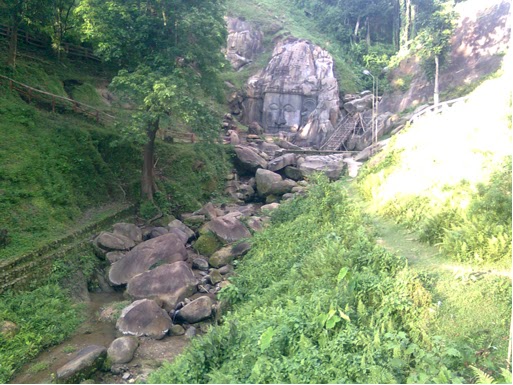
Imagine a place which has no iPods, no MP3 players, no MTV, no local FM channels. Can you?? Well, we don’t have to visit any new place, just try to imagine life half a century back. If you dig it well, you will with no doubts conclude that the music ‘industry’ is very young, hardly 50-60 old, and the more fascinating thing is that the industry has retired to the next generation with digital revolution changing the backbone of business done with the form of entertainment.
Since ages music has been a form of art, a medium of entertainment. Country folk musicians have been composing and singing the songs of life since ancient times, they did never think about the copyright issues of their songs, in fact, they might have been happy if someone had sung their composed song.
The evolution of music as an industry is directly related to the technological volcano that erupted in the 20th-century world. With the introduction of radio to the general masses, live performance found a new unknown, unseen yet strong audience who would listen to you from home. This was definitely a change in lifestyle, you could listen to your favorite songs from home, and that was really cool.
As human mastered the art of recording voices and sounds, music was ready to be harvested. Initially, an LP (Long Play) was a mechanical disk recording sounds in a low quality as of today’s standards and had a very low storage capacity. Radio shows were still the best was to publicize music as an artist, and if you are hit on the radio, you are eligible to record and produce an LP to your audience.
With the introduction of the audio cassette by music giants Philips in 1964, the concept of albums made a solid base. An album is a collection of songs put together in a recording medium like LP, cassette or CD according to their storage capacity. This was the initial concept, but as this was the best way to make money as a musician and as a music based company, the artists and bands started to compare albums as novels and poetry booklets. The 60s and 70s were an age of ‘concept albums’. In a concept album, all the songs are based on a common theme or collectively tell a long story. Pink Floyd’s “Dark side of the moon” is one of the best concept album of the era.
Soon, musicians had a new extravagant lifestyle, music became an industry of glamour, money and pure fun. New bands and artists started calling themselves ‘professionals’. They were indeed professional musicians and made no stone unturned to make the maximum sales possible for their albums.
The 1990s was a time of murder, secrecy and total chaos in the music industry. But out of this chaos came the showstopper, the MTV. It gave the musicians the ultimate way to fame. A video song was like the cherry on top of a chocolate cake. The best song in an album was picked and a video was filmed on it. The result was overwhelming, fans liked the video song and recorded album sales reached a new height. Micheal Jackson, Metallica, Britney Spears, were the leaders of the money churning industry.
But thirst of making money made the recording companies short sighted for a bit and they started to take feedbacks from the most important persons who are involved in the whole process, the fans, the followers of music who buy the albums. In most of the cases, due to maximize the sales, the albums would make a video of the best song in the lot, publicize it more and more. A typical music lover would buy the whole album and in most cases would be on the losing side as 2 out of 10 songs are good to spend money on.
So, the problem that was overlooked was the singleness of songs. People liked particular songs and bought entire albums for just 1 or 2 songs in particular.
At this point let us say, the music industry had a new baby who would rule the world in the coming days in the form of MP3 introduced in 1991, a type of digital file which could compress the audio songs to a very portable size. It is to be noted that internet was just starting to gain its popularity as a medium of international communication in the early 90s and MP3 was like the gold biscuits which were to be smuggled in the coming days.
In June 1999, a new computer application called Napster hit the internet. It was a simple peer-to-peer connection application in which netizens could share their songs with one another. The idea was revolutionary. This once again gave full power to the users and fans to choose what to listen to and where to spend money on.
As always, the recording companies hit the company hard and sued them for copyright violations. Napster died in less than a year, but this incident changed the way music is sold and distributed forever. The music giants later realized the strength of the internet and started releasing songs on the internet. Arctic Monkeys are the first band to release their single on the net alone.
The new millennium marks the age of information with the digital revolution at its epicenter, and music seems to be the best product of the technological overhaul in our society. Today a person without a playlist is as rare as a book of poetry without a single line scribed on it.






.jpg)

















